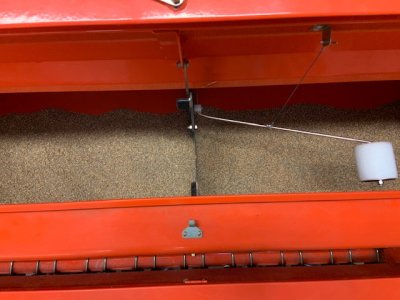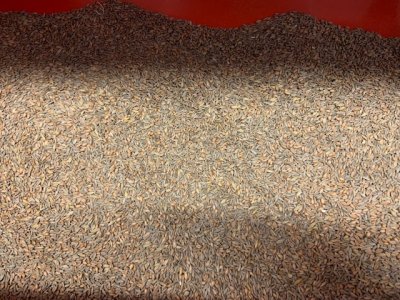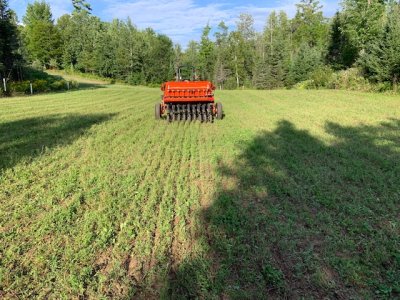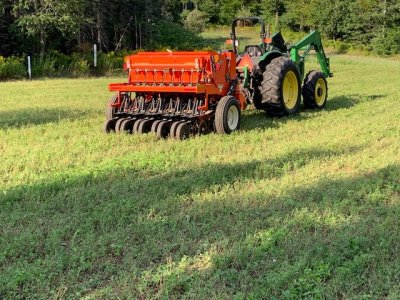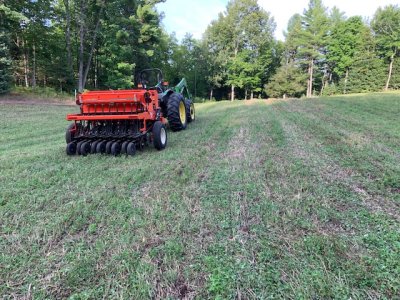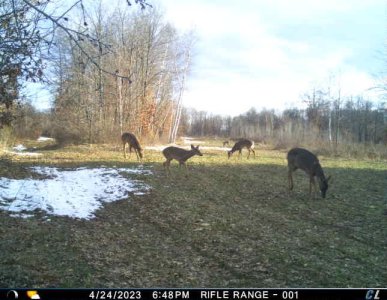This has been an informative thread with many different perspectives on these cereals.
I can sample some of these ideas on my own deer-dirt in about 3 weeks as I begin planting cereals.
I plant quite a bit of rye, and too....winter wheat.
I just started planting clover (medium red) with rye last September. I was quite impressed with the result. Lotsa bio-mass in both the rye and the clover. And, most importantly, lotsa deer usage....from October of last year to just yesterday.
But, I have long favored winter wheat (soft red is grown in my area agriculturally) over rye. Experiment after experiment over 20yrs has shown me that deer will prefer the wheat....when planted side by side with rye. They will eat wheat first. They will eat wheat most completely. In the evening, more animals will be in the wheat than in the rye.
OK, having said that......rye is the the vanilla ice cream at the kid's birthday party.
Meaning, all the chocolate will be eaten first ... till there is no more. But no kid will turn down a vanilla cone once the chocolate is gone.
My rye will get well used by deer. Only just a little bit later, after the wheat has been reduced.
Still, I am increasing my rye plantings this year at the expense of my wheat plantings. The allelopathic feature has great appeal to me. Plus the rye biomass also is a weed inhibitor, more so than wheat.
Another note on wheat: Everything eats wheat seeds. Everything ---all birds, squirrels, box turtles, woodchucks, deer, etc. etc. I've seen 'em all in my wheat. The seed heads clearly are a favored food for critters. I will put in maybe two acres of wheat. By about July 10/12th the heads are drooping and certainly look ripe, though about a week away from the local farmers combining their commercial crop. But in 5 or 6 days my wheat heads will disappear. Almost completely. It is a favorite spot for spotting my summer deer and what the antler crop looks like. But that wheat crop is nearly totally consumed.
Rye? Nearly nothing eats ripe rye. Well, turkeys will once the seeds are starting to tumble off the head. But most of my ripe rye stays uneaten. I suspect it must be the awns.

